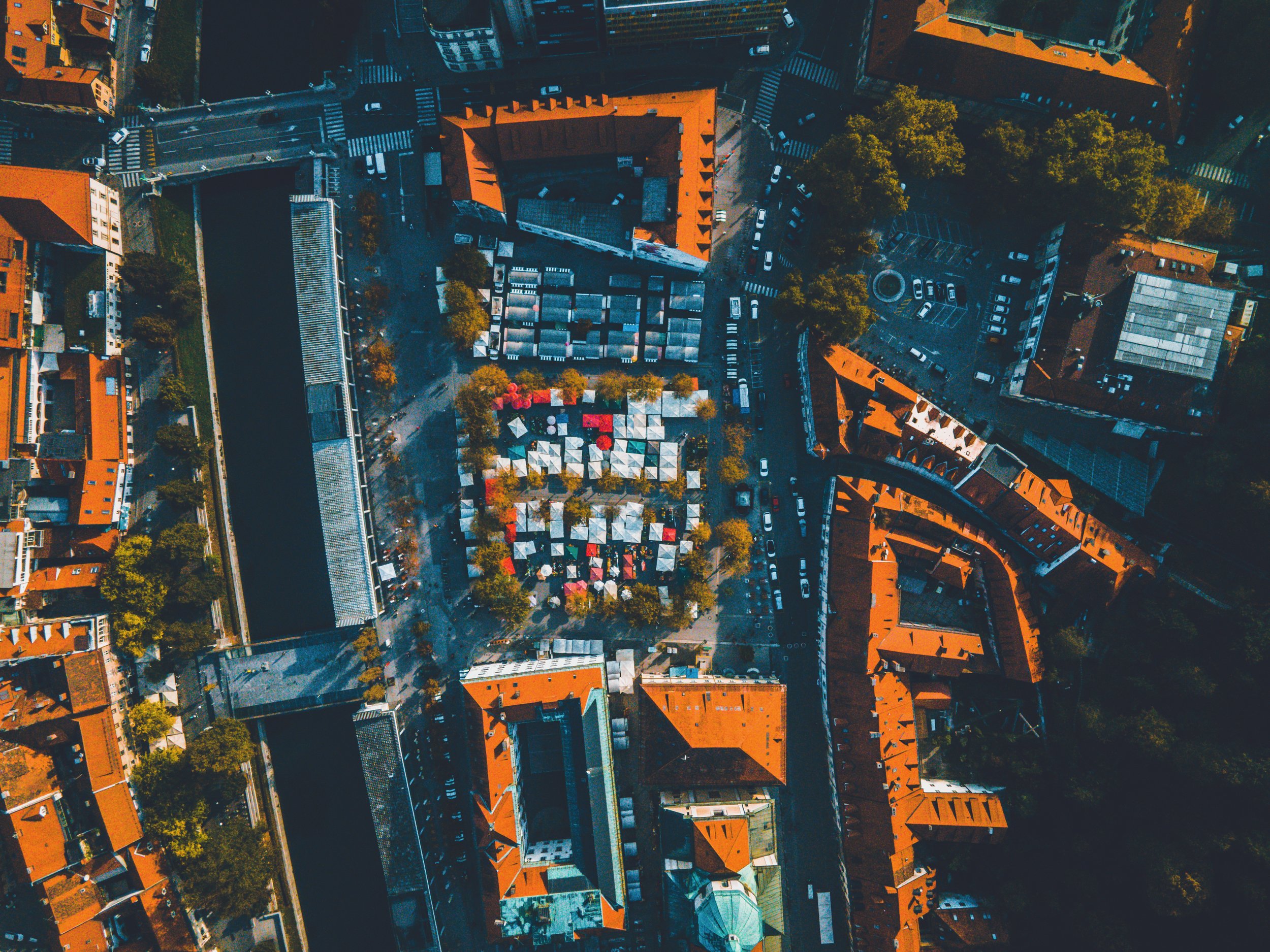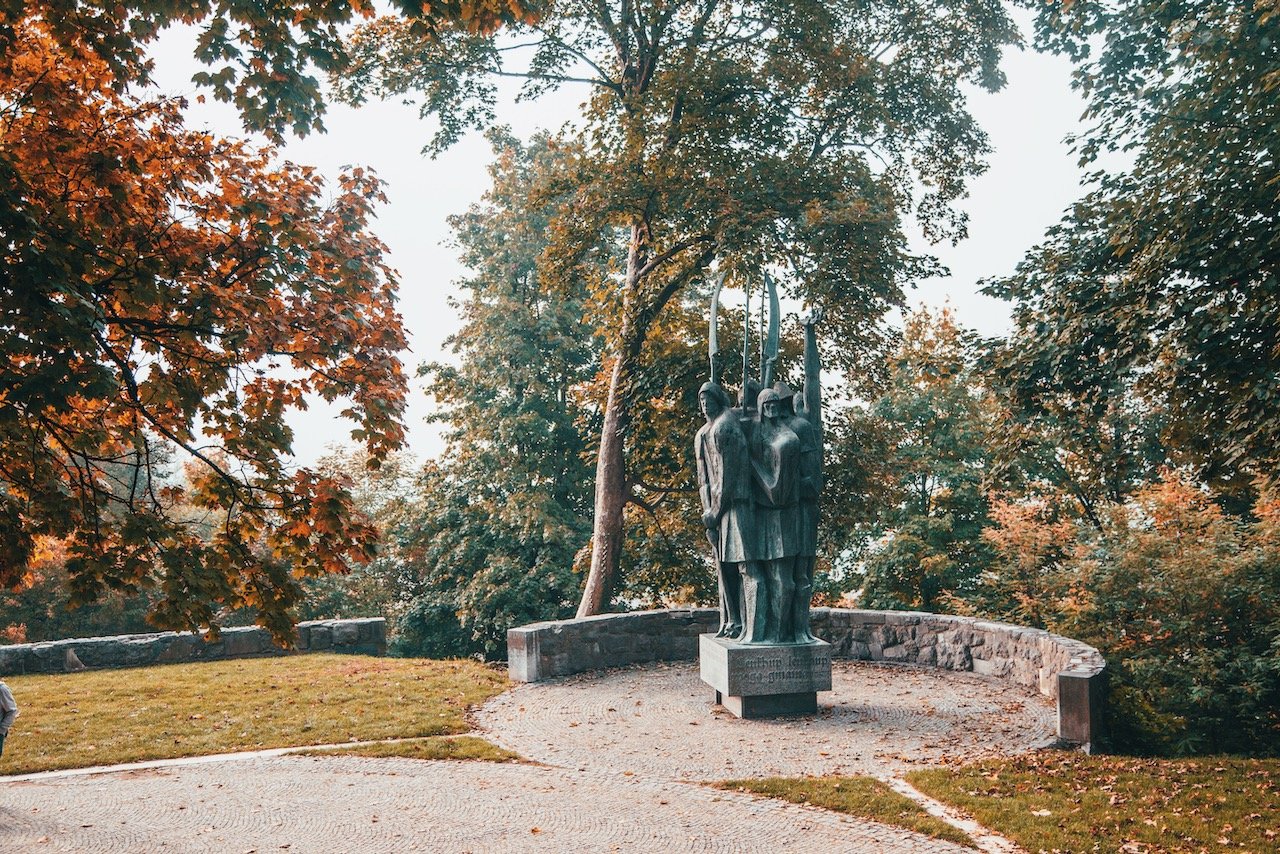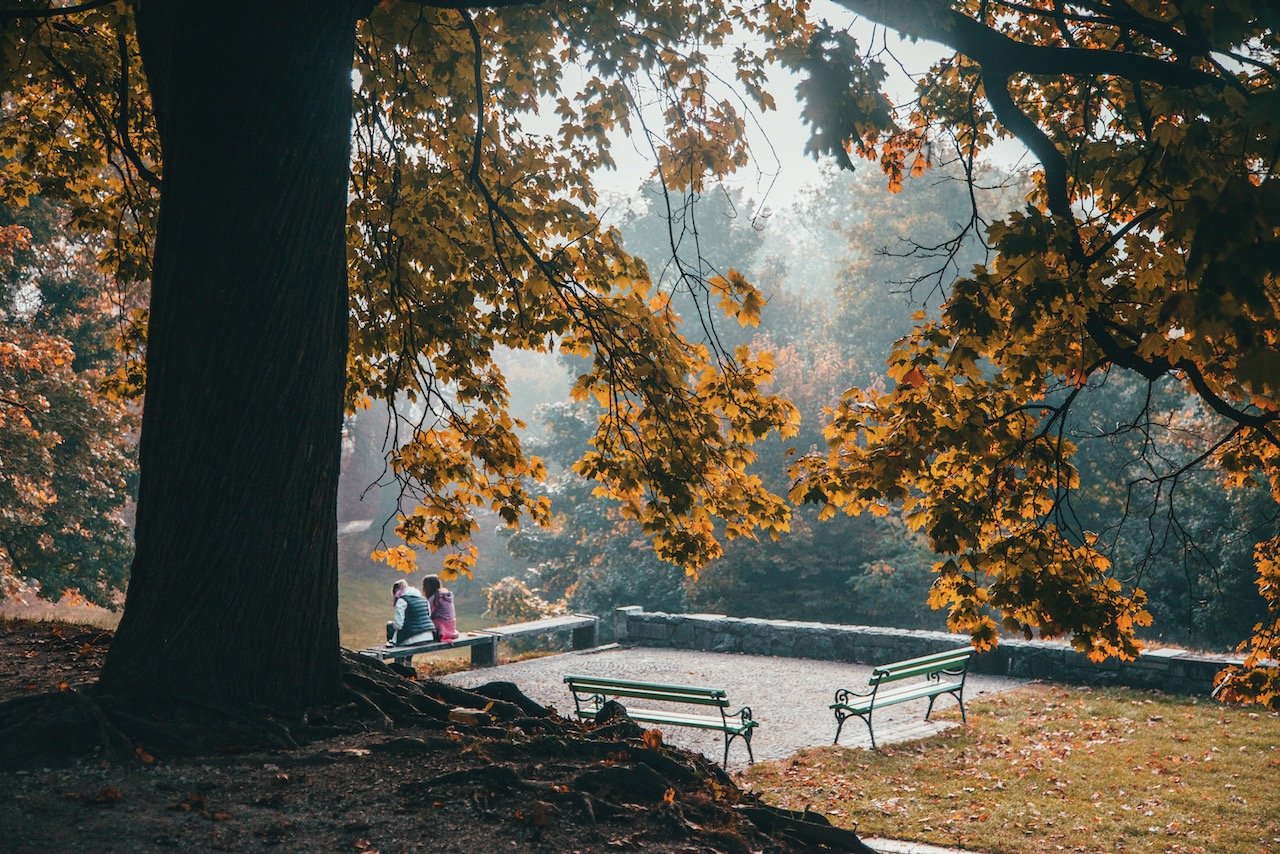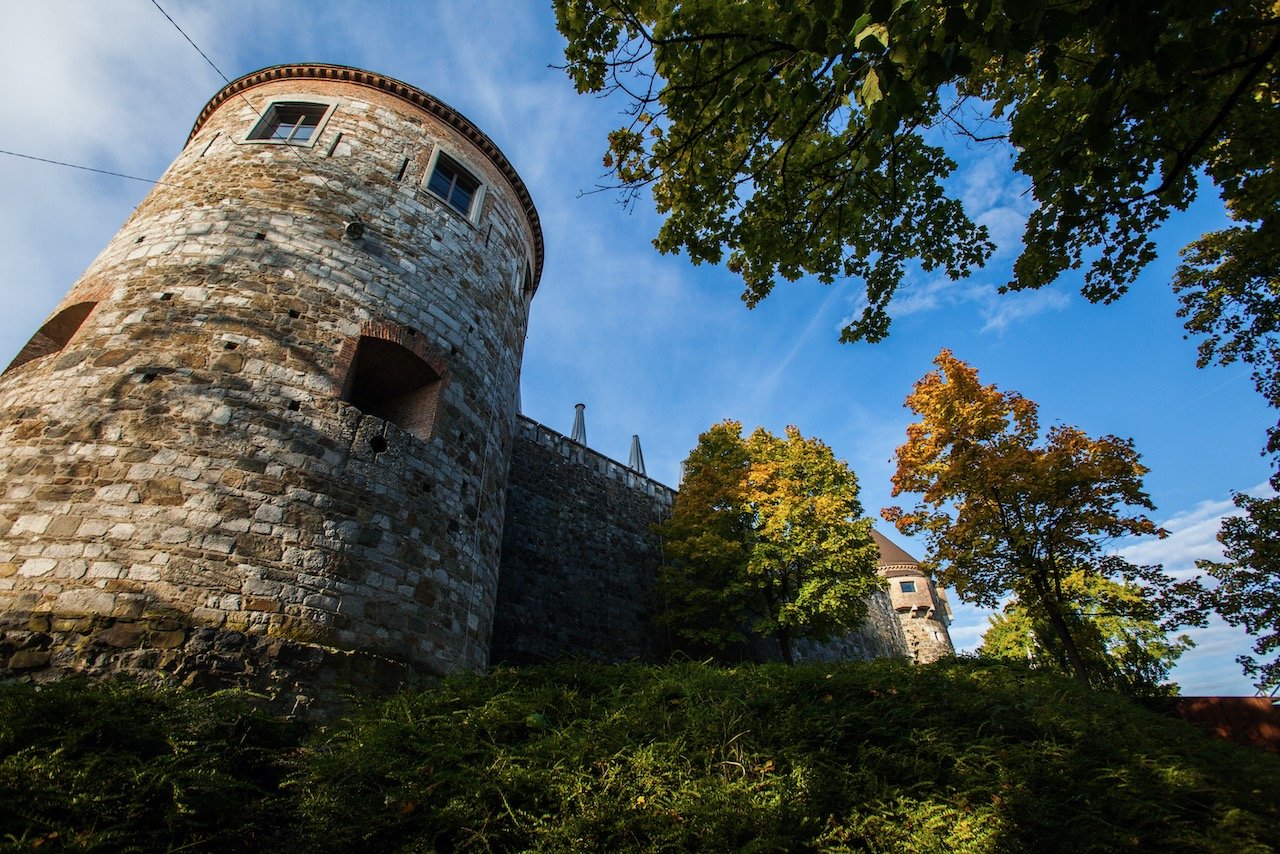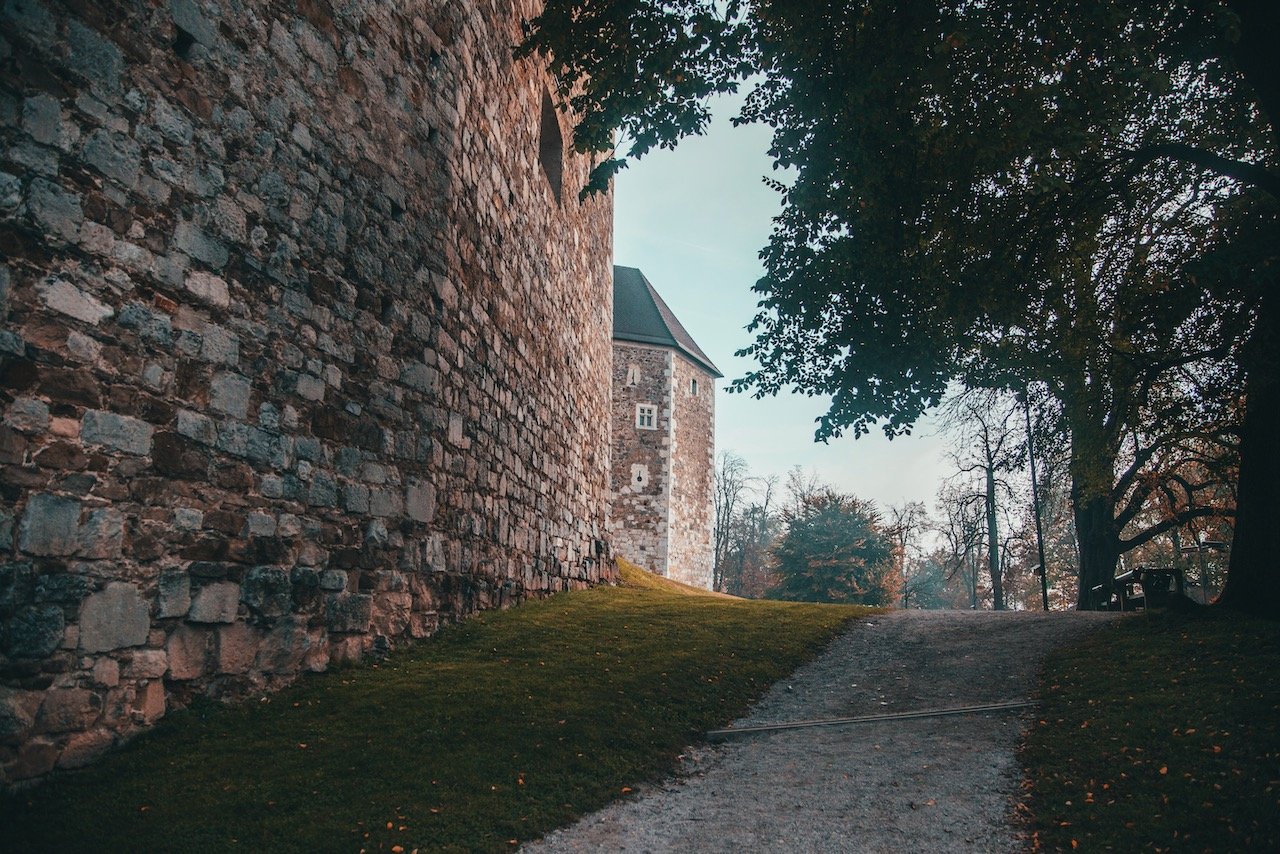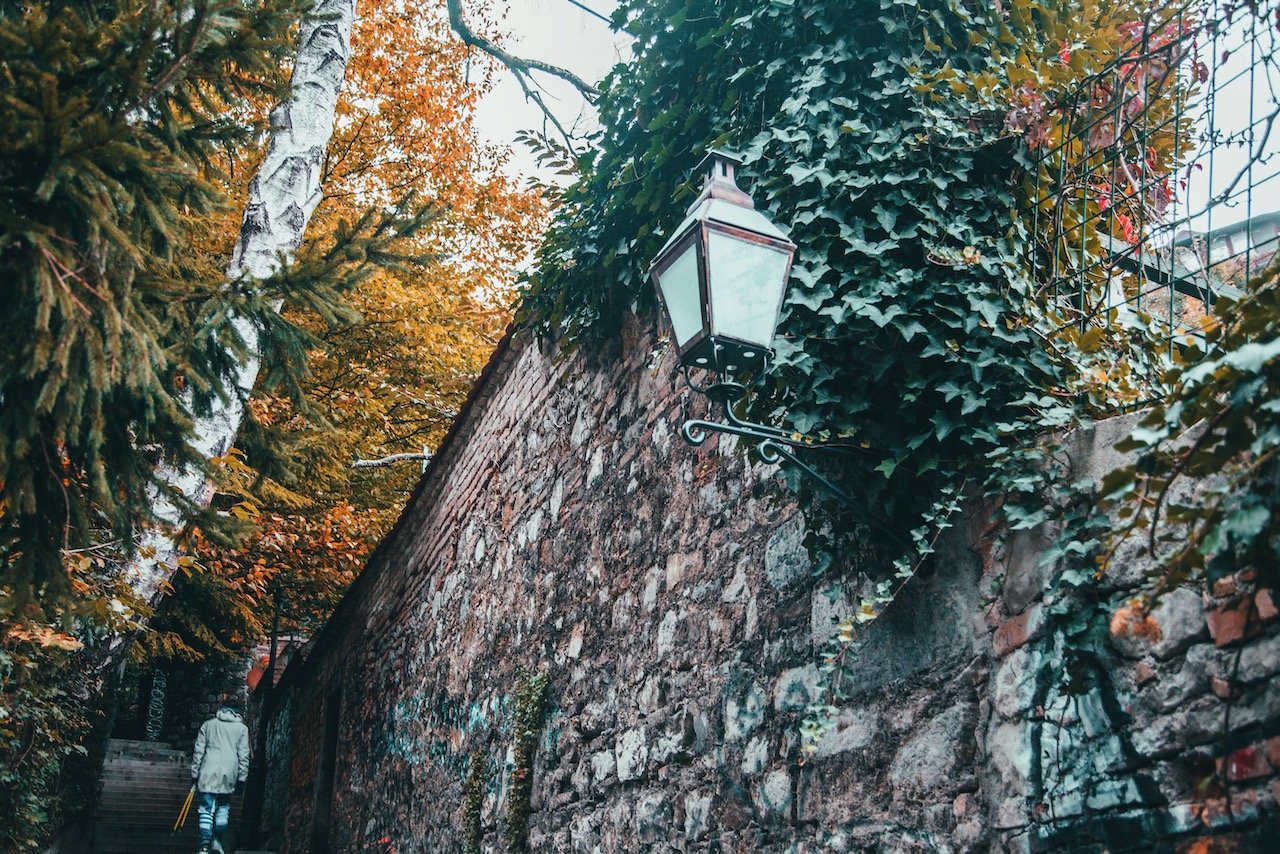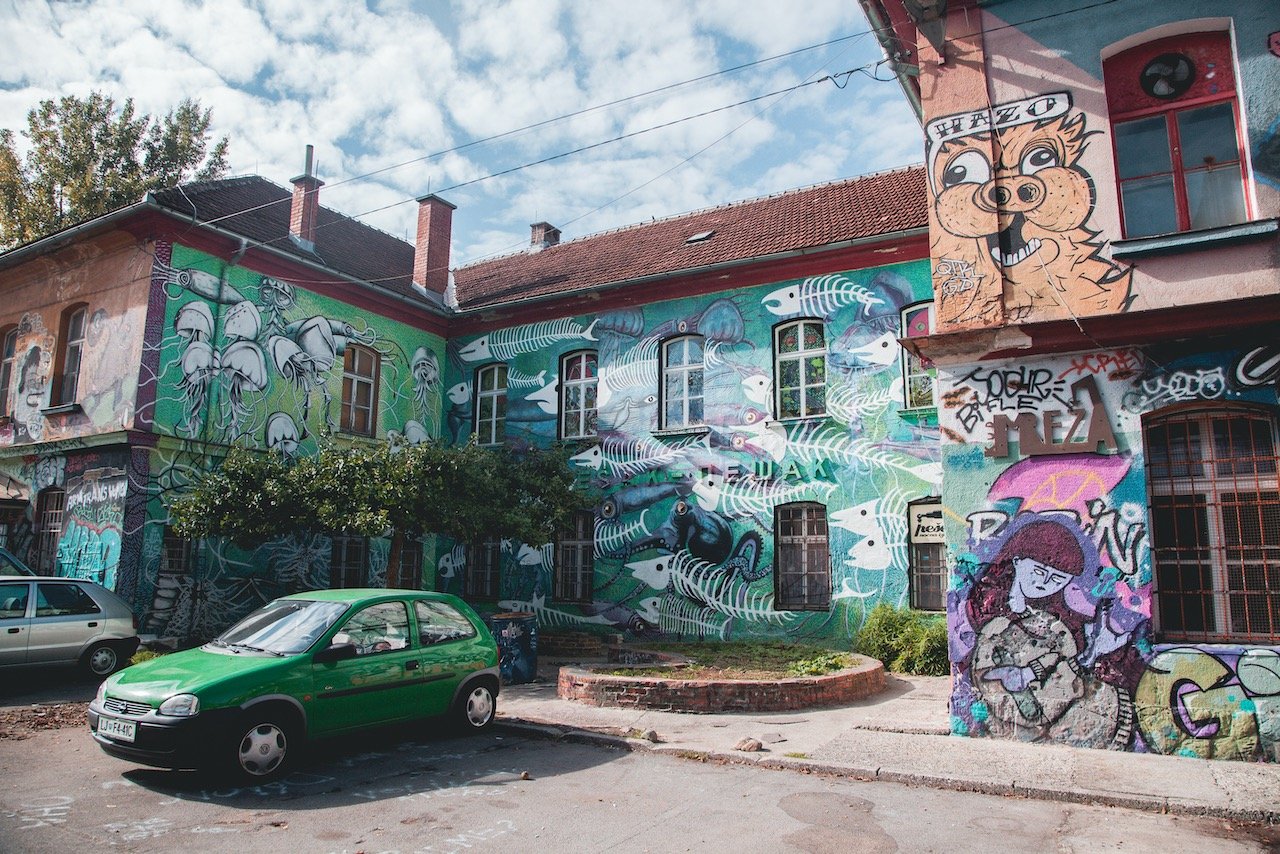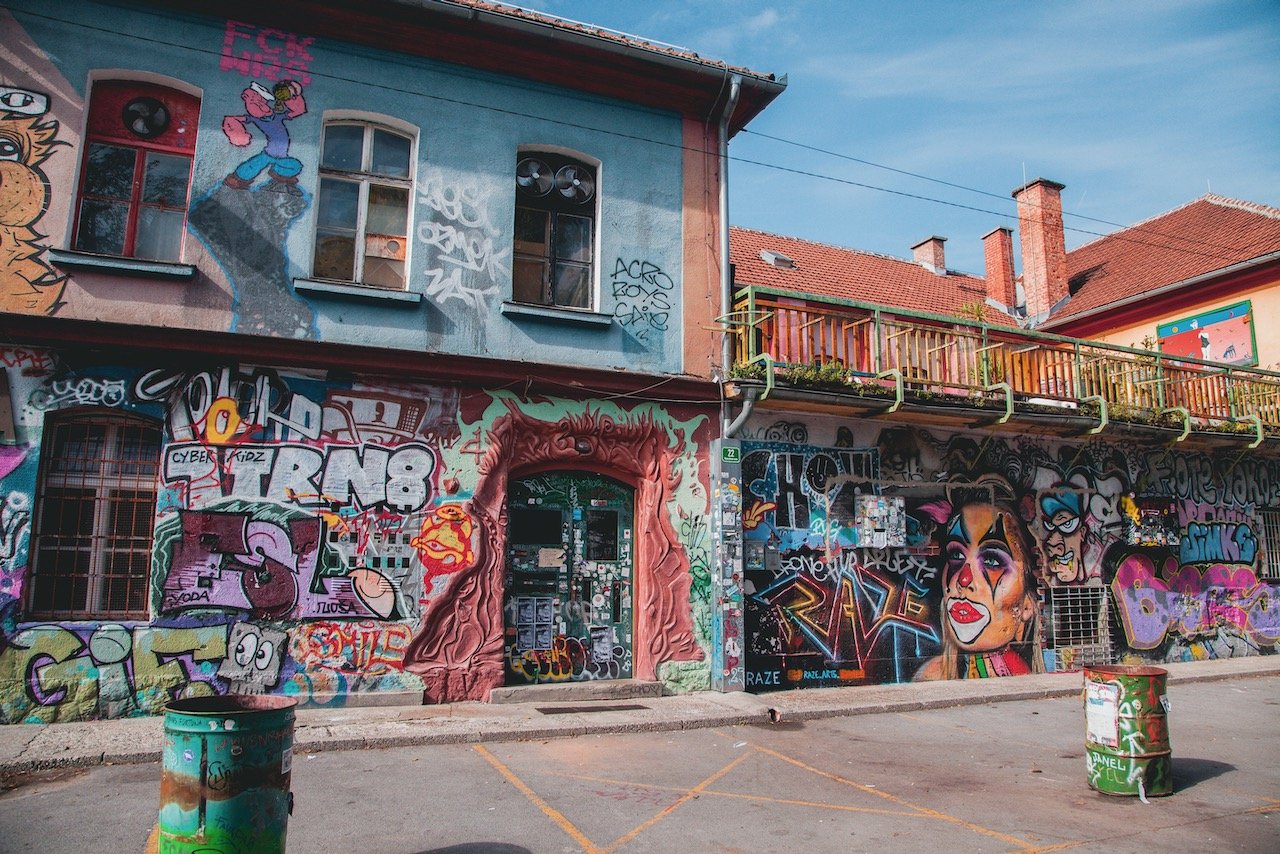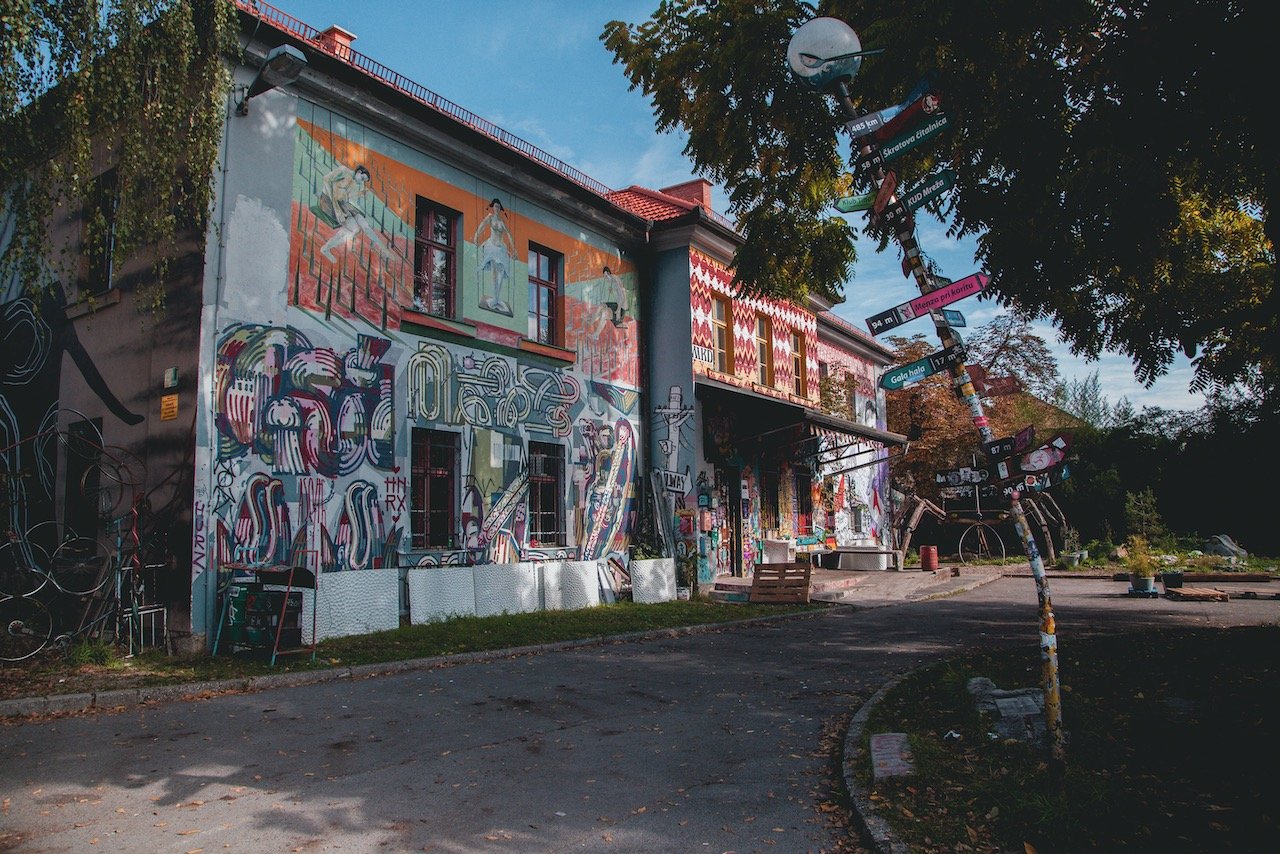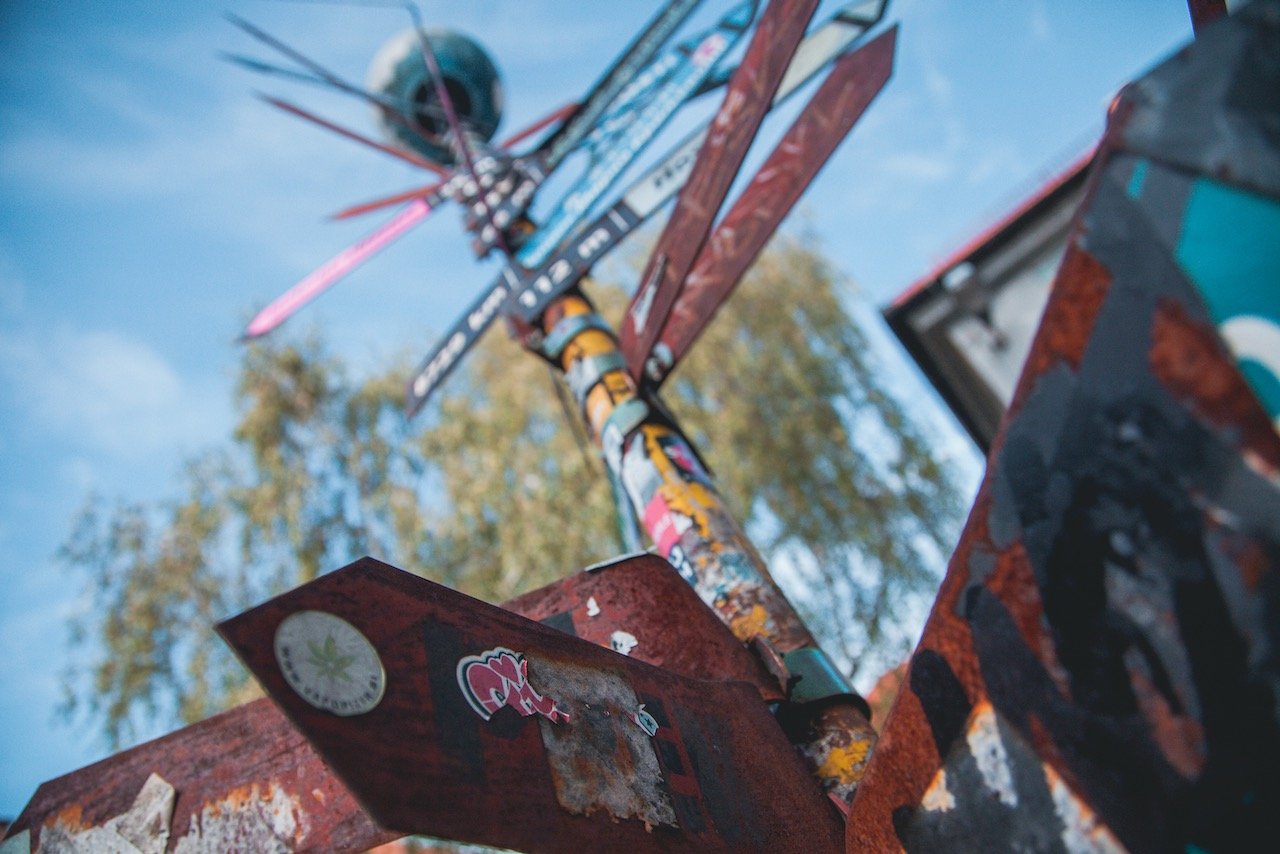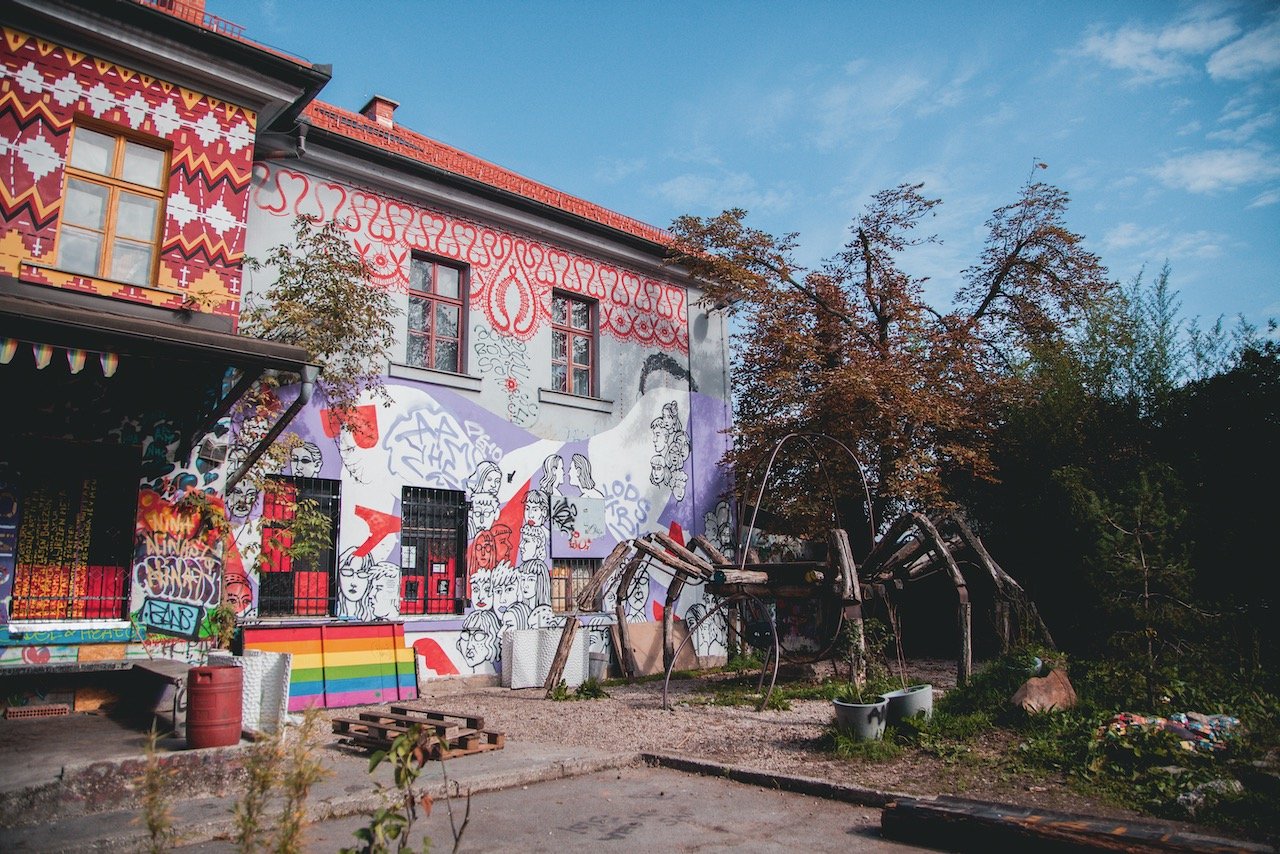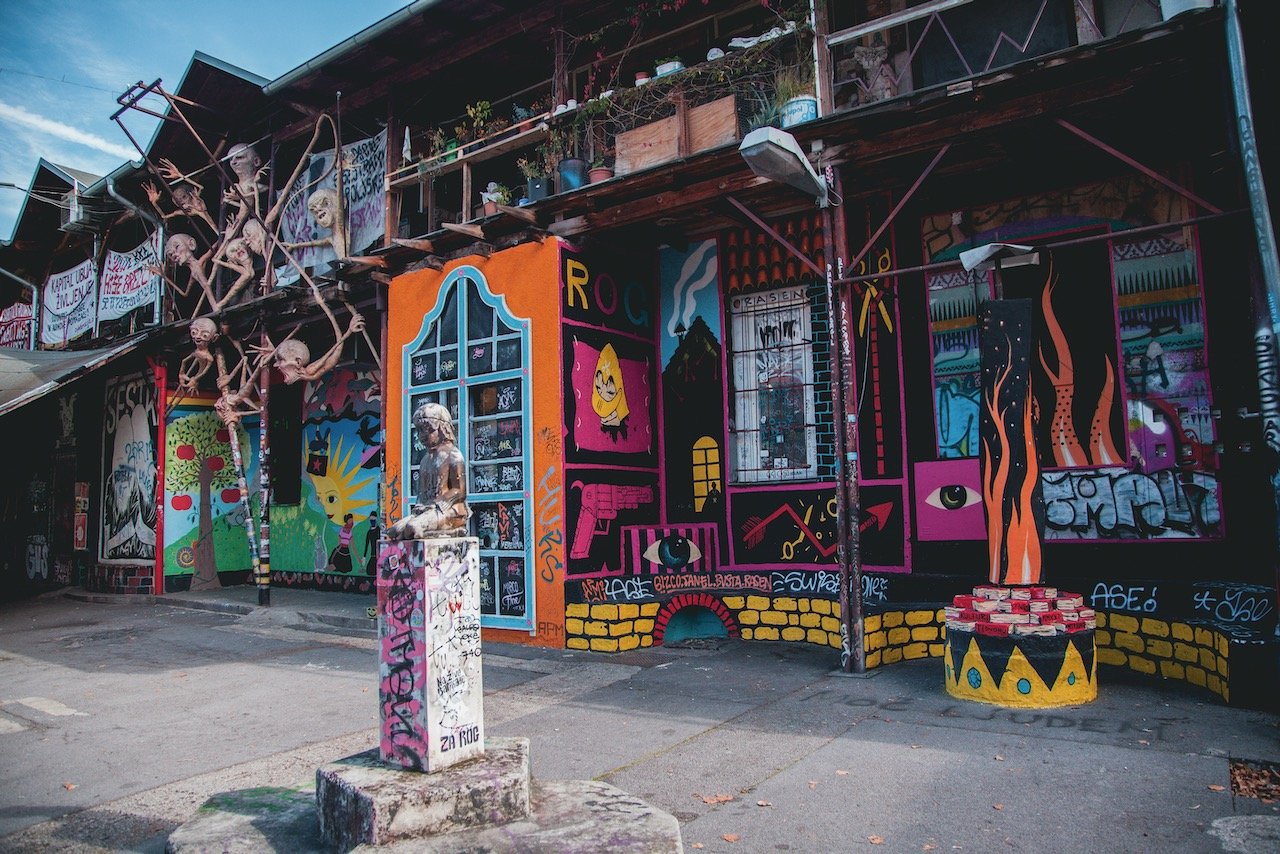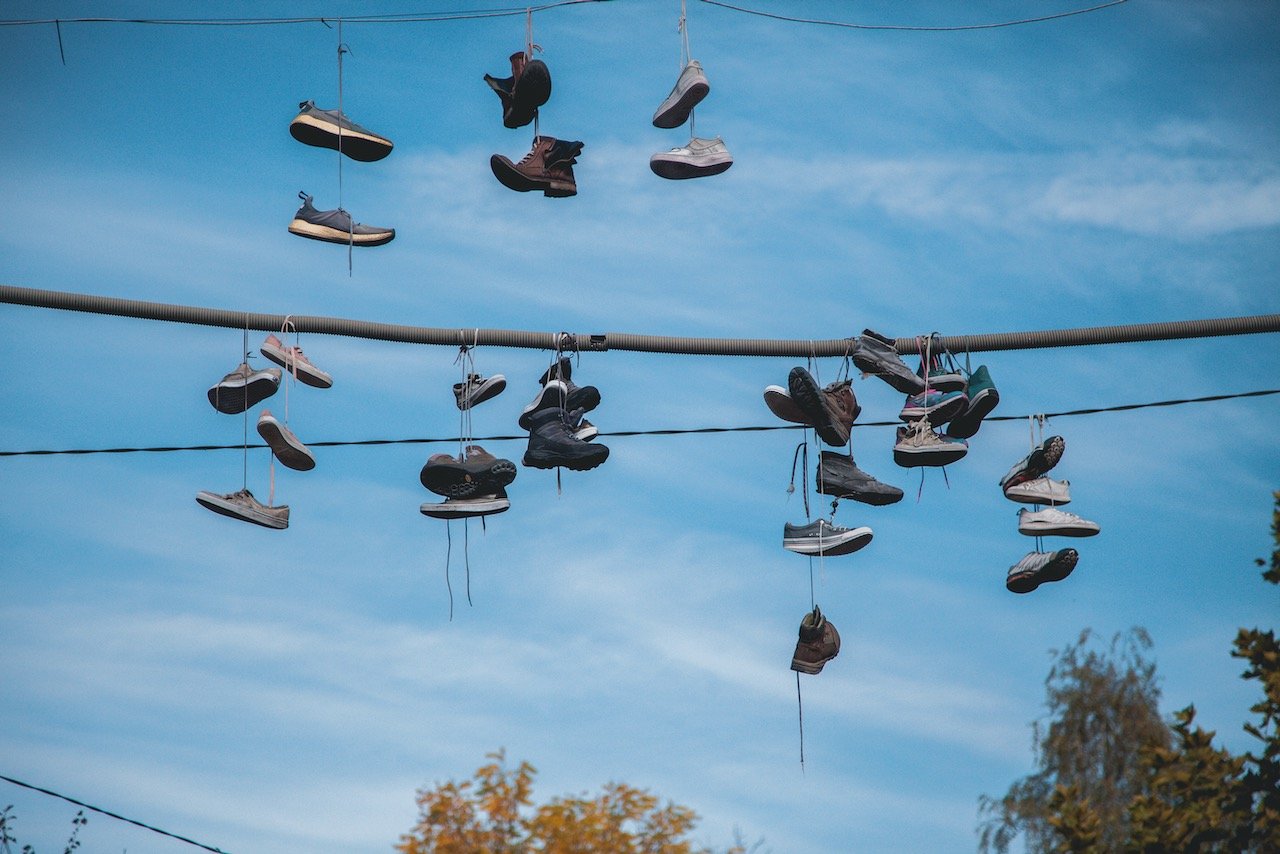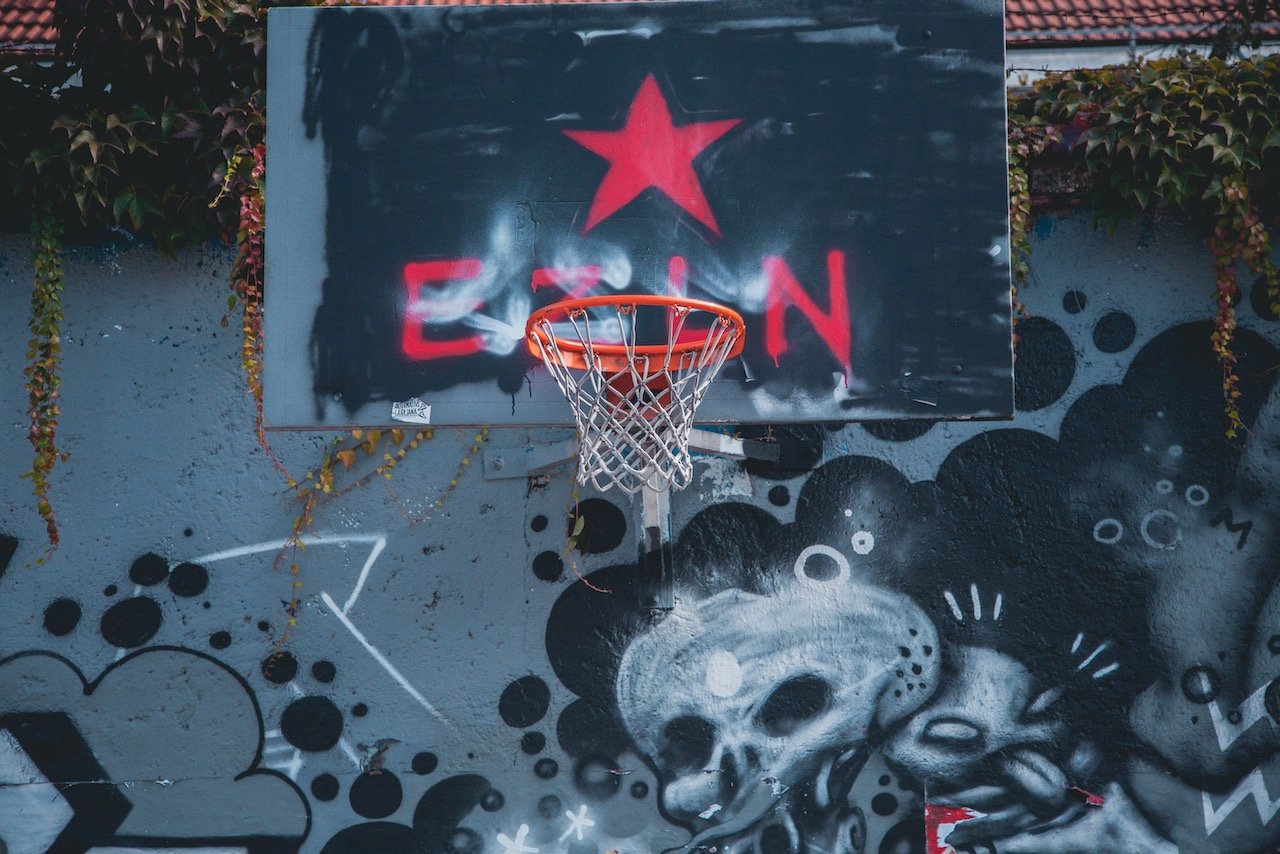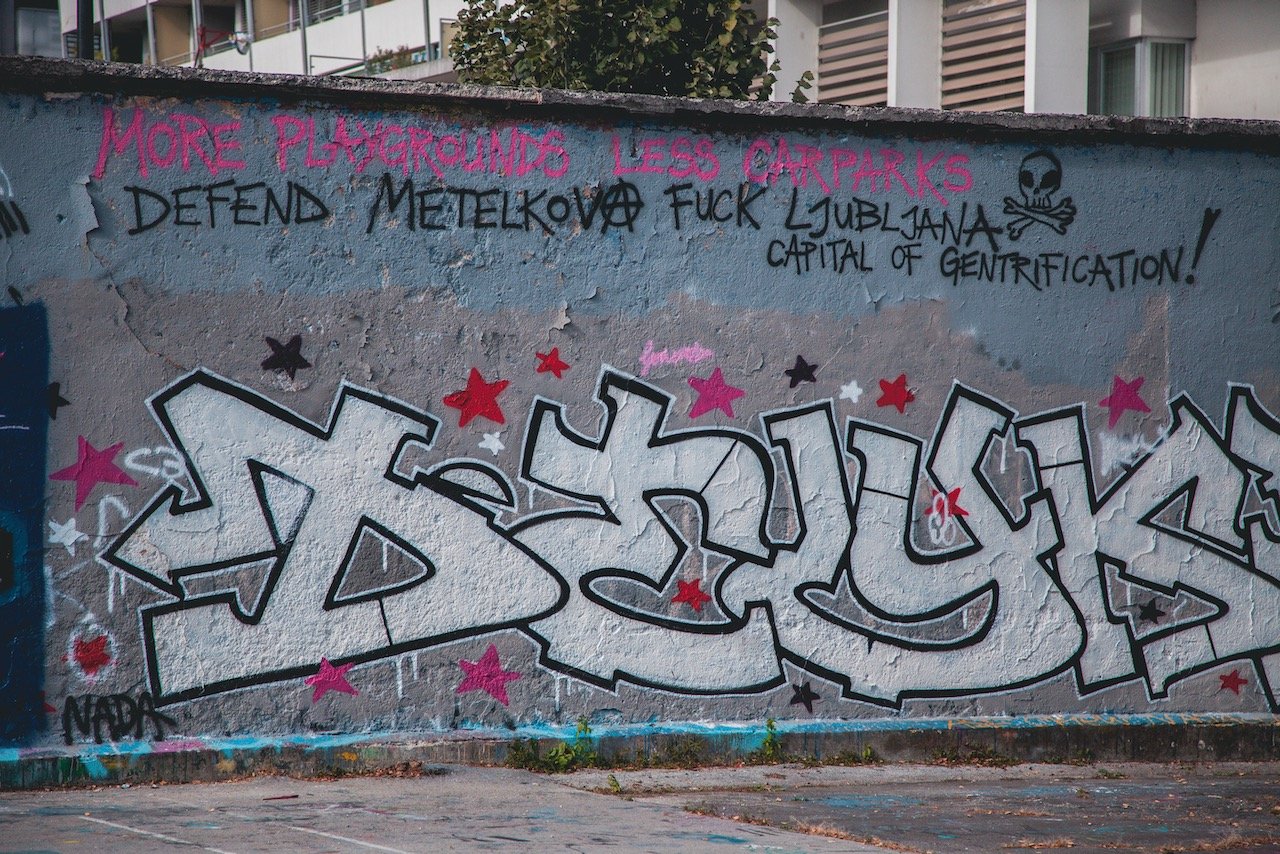Why Ljubljana, Slovenia is such a wonderful country capital
(Some links in this post are affiliate links. If you click through and take action, I'll be compensated.) If you are also interested in any PRINTS from any of my posts, be sure to check out my store where you can buy prints as posters, in metal/wooden frames or on canvas.
**This post is the 1st of a 7-post series discussing what to see on your Slovenian road trip (You can check out the other parts in the list below, separated by each city/region (just click the name to see the blog post. Everything is also summarized in another post here.**
Ljubljana (Blog Post: Why Ljubljana, Slovenia is such a wonderful country capital)
Ptuj (Blog Post: Check out the small Slovenia town of Ptuj)
Maribor (Blog Post: Take a trip to the wine region of Maribor, Slovenia)
Bled (Blog Post: Why Bled is the best city in Slovenia to visit)
Triglav National Park (Blog Post: The best places to see in Triglav National Park in Slovenia)
Piran (Blog Post: Why Piran is a hidden gem in Slovenia)
Slovenian Road Trip Summary (Blog Post: The Epic Slovenia Road Trip)
I can’t say exactly how Slovenia came up on my radar of places to go see. I think it was probably because I couldn’t quite pronounce its capital city correctly the first few times. I feel that Slovenia often gets overlooked by other more well known European countries.
Its capital of Ljubljana was first mentioned historically in the first half of the 12th century as the center of a prominent trade route at that time. It was ruled by the very powerful Hapsburg from the Middle Ages until 1918. After Slovenian independence in 1991, Ljubljana was rightfully crowned the capital of the country.
Check out my drone video of Ljubljana, Slovenia below!
The size of the city is pretty small for a European capital, but it is compact with lots to see and do. A weekend trip is plenty of time to take in the majority of the sights. A Google Map of the all places I will discuss can be seen at the end of this post.
The official language is Slovenian but I had no problem conversing with locals in English, and in my cases, their English was exceptional. They take Euros and I would say the prices you will encounter are fair when compared to the rest of Europe. You can get to the city center from the airport by:
Bus - Takes 50-60 minutes, costs 4.10 Euros.
Taxi - Takes 30 minutes, costs 30 Euros.
Ljubljana Castle (Ljubljanski Grad) sits on a hilltop (aptly named ‘Castle Hill’, overlooking the entire city. It was originally a medieval fortress, constructed in the 11th century, but has since faced numerous building updates in the following centuries. It is even depicted in the coat of arms of Ljubljana along with a dragon.
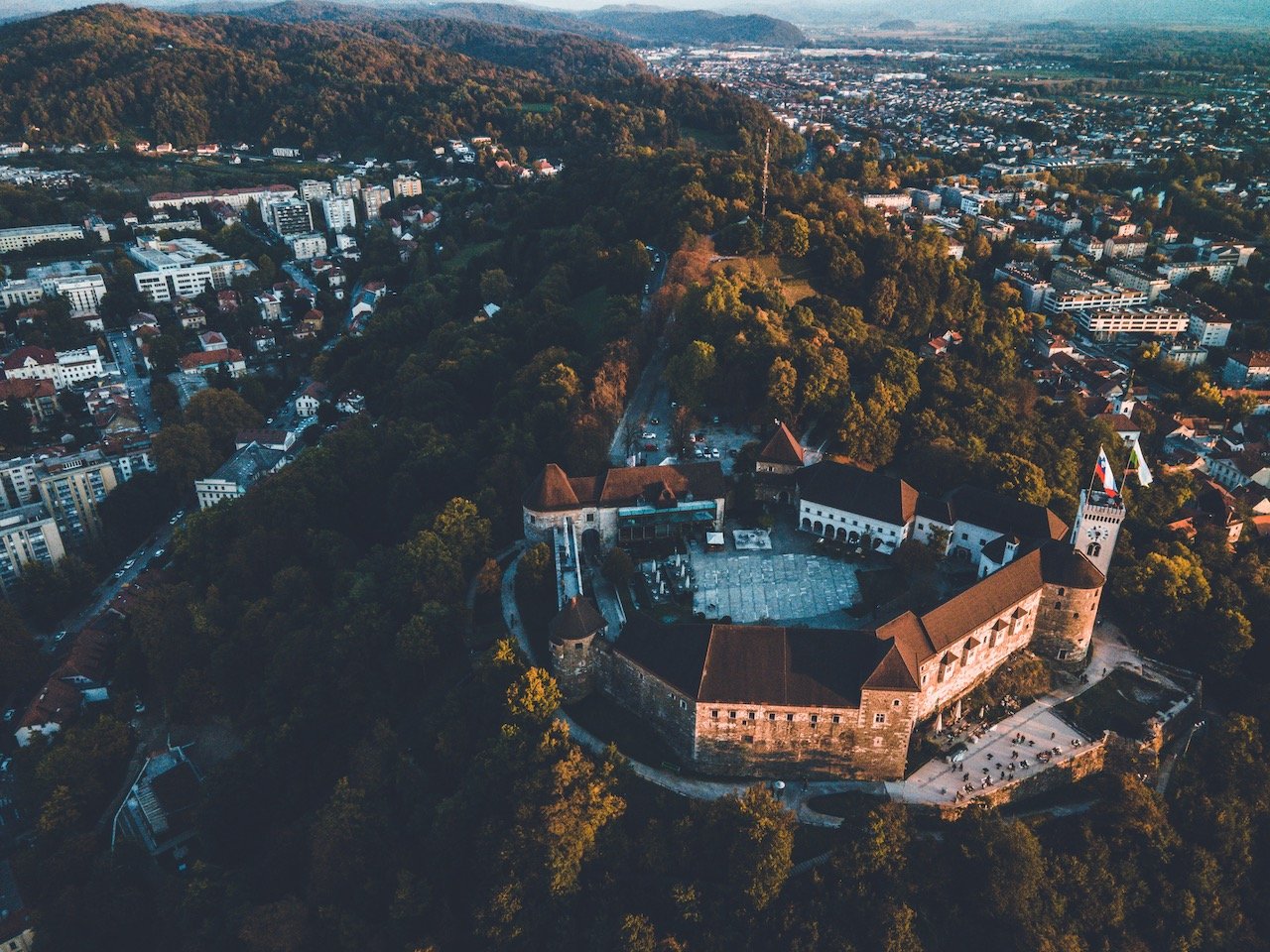
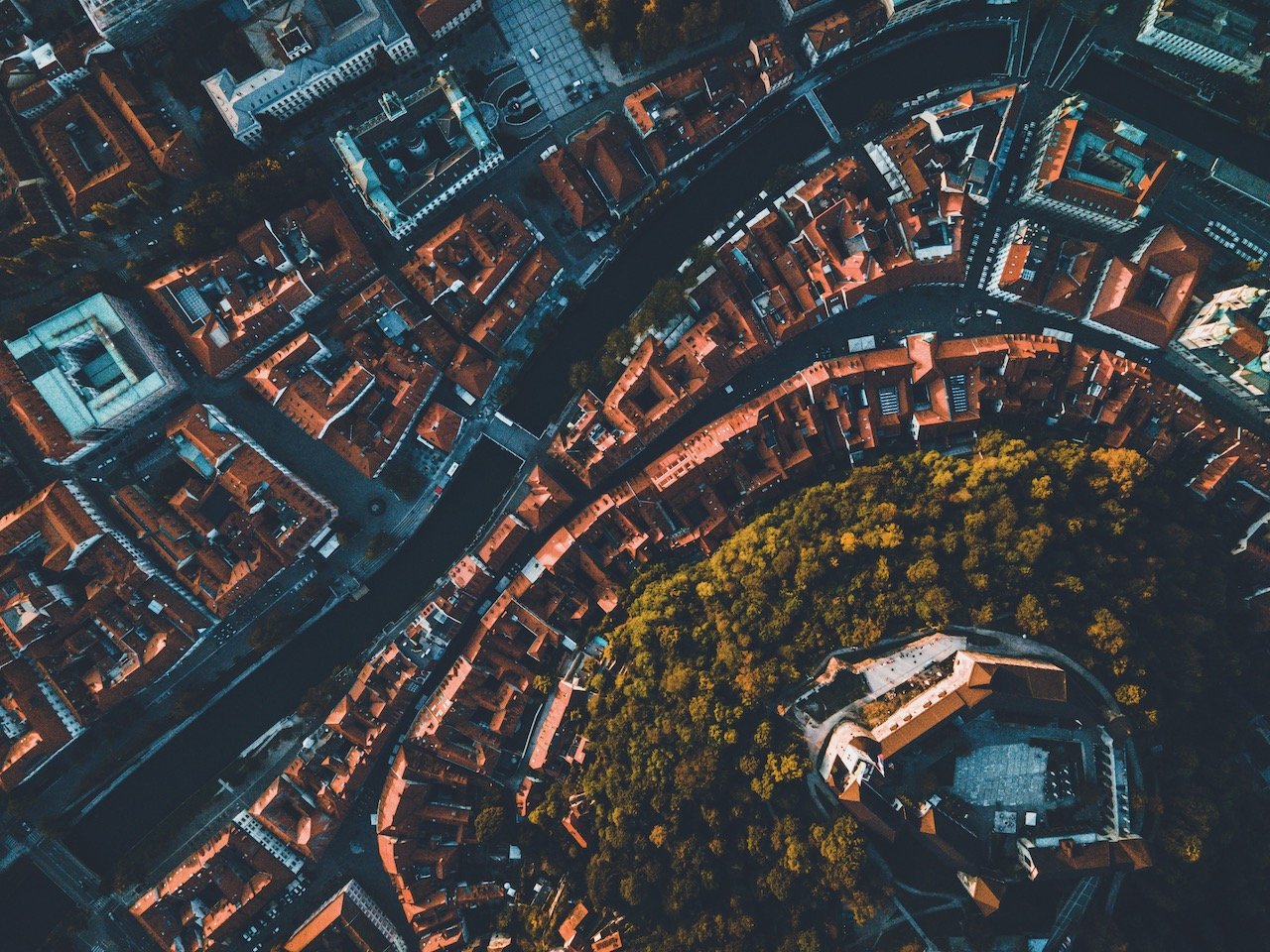
There are numerous paths to reach the castle that are pretty intuitive to find. The grounds around the castle are well maintained which is often the host to many cultural events. It’s also a pretty popular spot for sunsets (speaking from experience). Some notable parts of Ljubljana Castle to see are the Archers’ Tower, Defense Walls, Prison, Tower of Erasmus, Kazemate, St. George Castle Chapel, Panoramic Tower, the cistern, Hribar Hall, the Armory, and the Castle Courtyard.
If you like some of my photos that you have come across, just know that I have many prints showcasing a variety of landscapes, including in Malta, available for purchase below! (Sold as Posters, Canvas, or in Metal-Frames and Wooden-Frames).
Ljubljana Cathedral (also known as the ‘Church of St. Nicholas’) originally started out as a Gothic cathedral, but was rebuilt in the Baroque style. It’s green dome and twin towers make it easily recognizable. The interior, and main altar specifically, is incredibly ornate and worth seeing. I firmly believe that the inside is even better than the building’s exterior. Nonetheless, it is situated just a short distance away from Ljubljana Castle and is worth seeing.
Prešeren Square is the main thoroughfare of Ljubljana. Centrally situated by other landmarks like the Triple Bridge and the Franciscan Church of the Annunciation, its centerpiece is the Prešeren monument, a statue of the Slovenian poet France Prešeren. Several streets are essentially funneled into this part of the city, making it the most apt location for events, protests, and concerts to take place.
The Triple Bridge (Tromostovje) is a uniquely constructed set of three bridges side by side leading to Prešeren Square and connecting the medieval part of the town with the modern section. Only one bridge, the central one, was constructed, made of limestone. It wasn’t until 1929 where the other two bridges were constructed to prevent bottlenecks on the original bridge.
The lesser known Dragon Bridge nearby is for motorized traffic and is centered around an old legend. The mythical hero Jason (perhaps considered to be a founder of Ljubljana) was said to have killed a dragon, which now sits as 1 of four dragon statues on this bridge.
The Franciscan Church of the Annunciation (Cerkev Marijinega oznanjenja) sits in the Prešeren Square and is most known for its brightly red colored façade. In fact, this red color is symbolic of the Franciscan monastic order. It was built between 1646 and 1660 and is a protected site of cultural and national significance in Slovenia. Some of the frescoes inside the church were damaged by an earthquake in 1895 but were restored by Matej Sternen, a Slovenian impressionist painter.
The Metelkova Art Center is a really a place to behold. It is a small city block, a former Austro-Hungarian army barracks, that has a very independent feel and decked out in art and graffiti. You can take photos here but there is a sign warning you to not take photos of people. Some of the graffiti is silly, some of it makes political statements. Nonetheless, it is a pretty cool part of Ljubljana and offers a different feel of the city. Sometimes the area is home to festivals and art exhibitions and club nights.
Vurnikova hiša (Vurnik House) is a bank building actually, which makes it quite boring. But it’s really the outside facade that makes this building special. It is one of the most famous in Ljubljana and sits in the Art Nouveau quarter of the city. It is considered to the one of the best examples of Slovenian national style architecture, designed by architect Ivan Vurnik.
My sunrise walk in Ljubljana led me to a bustling Central market located at Ljubljanska tržnica. There were plenty of stalls with food, coffee, flowers ,and fruits that could be purchased. I imagine this market takes place every saturday morning but perhaps not in the winter months.

